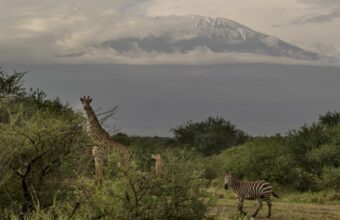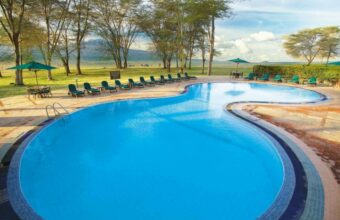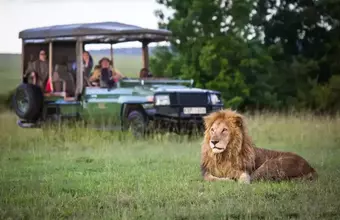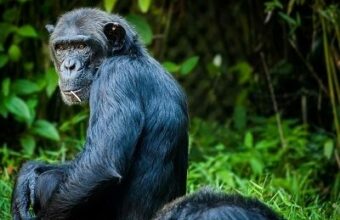Safari in Amboseli National Park
The best safaris & camps in Amboseli National Park
Amboseli National Park is the postcard park of most Kenya safari itineraries. This is where those photographs are taken of elephants with a backdrop of the (fast melting!) glaciers of Mt Kilimanjaro. I have spent many dreamy mornings parked under an acacia tree, a thermos of coffee in hand watching the rising sun tinge the snows of Kilimanjaro a pinky-red.
The elephants and the scenery are the real highlights of this park. In dry periods they flock here from miles around to quench their thirst in the swamps and pools that splash the dusty landscape in greens.
Another big reason to visit Amboseli is the chance to see conservation in action in the conservancies and other environmental and community projects surrounding the park.
Many visitors to Amboseli combine their trip with nearby Tsavo.
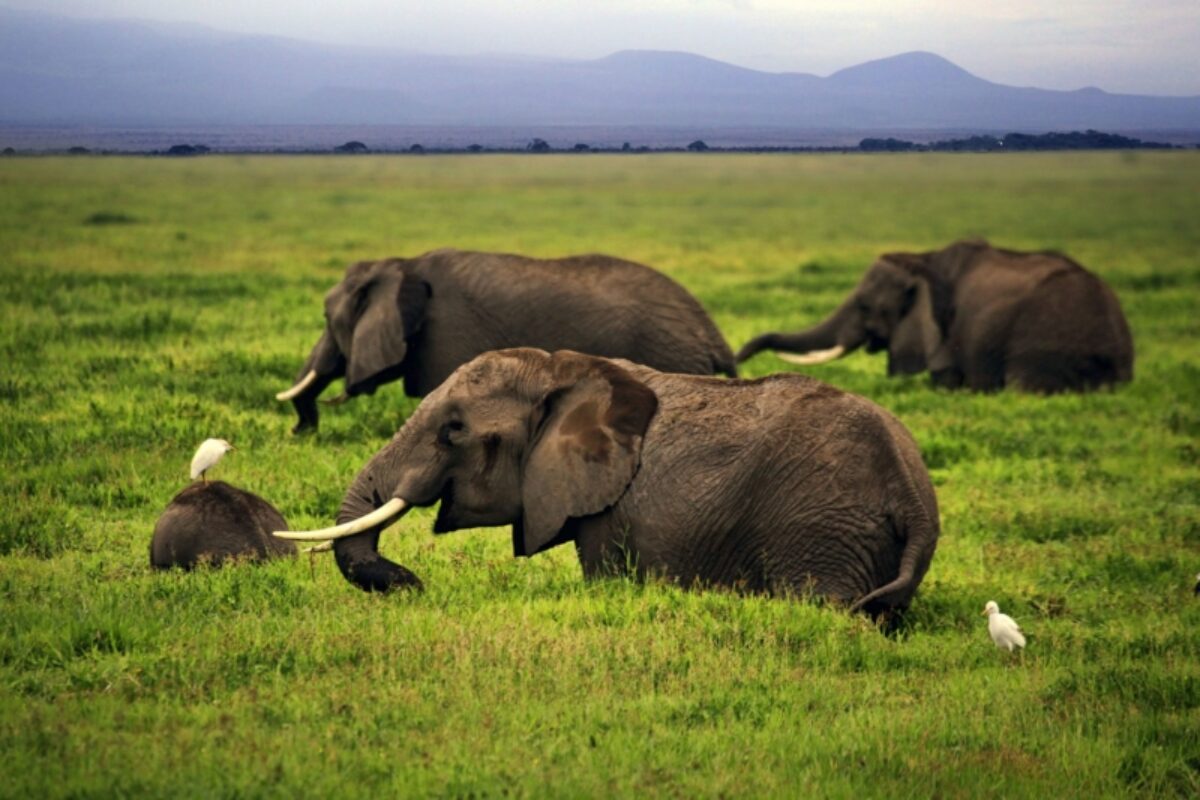
Elephants grazing in Amboseli National Park
Best safari camps & lodges in Amboseli
What to see, where to stay
-
Amboseli National Park
View trips -
Amboseli National Park
View trips
When to visit Amboseli National Park
Due to the general dryness of the region’s climate, Amboseli can be visited at any time of the year. But, it should be kept in mind that during the rainy seasons of March-May and November, the wildlife does take advantage of the additional water sources to disperse across the plains outside of the park boundaries.
By contrast, at any other time the wildlife congregates around the park's swamps and water sources and is much easier to see. February can be uncomfortably hot.
Amboseli safari highlights
Elephants
Amboseli is famed for its elephants. In dry periods they flock here from miles around to quench their thirst in the swamps and pools that splash the dusty landscape in greens.
In fact, Amboseli is so good for elephants that the giants here are a part of one of the world’s longest running elephant study programmes, and much of what we know about elephant lifestyle and biology has been gleaned through Amboseli elephants.
Kilimanjaro views
We’ve all seen those pictures of Africa’s two giants: Mt Kilimanjaro (5,895m) with elephants in the foreground. In fact, for many people it's this image that is the very reason they flew to East Africa in the first place. But here’s a thing to know: Although Africa’s biggest mountain towers over Amboseli, it’s actually located entirely within Tanzania.
Swamps
This part of the Rift Valley is hot and bone dry for much of the year and were it not for the underground water sources that bubble up to the surface in Amboseli then there would likely be little in the way of wildlife here. As it is, this life-giving liquid has created large marshes and pools of water that, during the long dry season in particular, attract large amounts of wildlife.
The area is especially favoured by elephants and masses of them can be seen here at certain times, but hippos, grazers and bird life all congregate here too. And carnivores are known to lie in wait.
Kimana Community Wildlife Sanctuary
This is one of the most progressive community wildlife conservancies in East Africa and, despite its relatively diminutive size, has been a blueprint for many other conservancies.
Visiting the conservancy is a fine way of mixing safari with a genuine contribution to conservation and support for the local community. It’s about 30km east of Amboseli.
How to get to Amboseli National Park
Amboseli is fairly easy to fit into an overland journey along the Nairobi-Mombasa highway or as part of an overland journey between Kenya and Tanzania.
Most people on a short, two-week safari holiday opt to save time by flying into the park with Air Kenya (www.airkenya.com) and Safari Link (www.flysafarilink.com) from Nairobi, the coast or Tsavo and Masai Mara parks.

